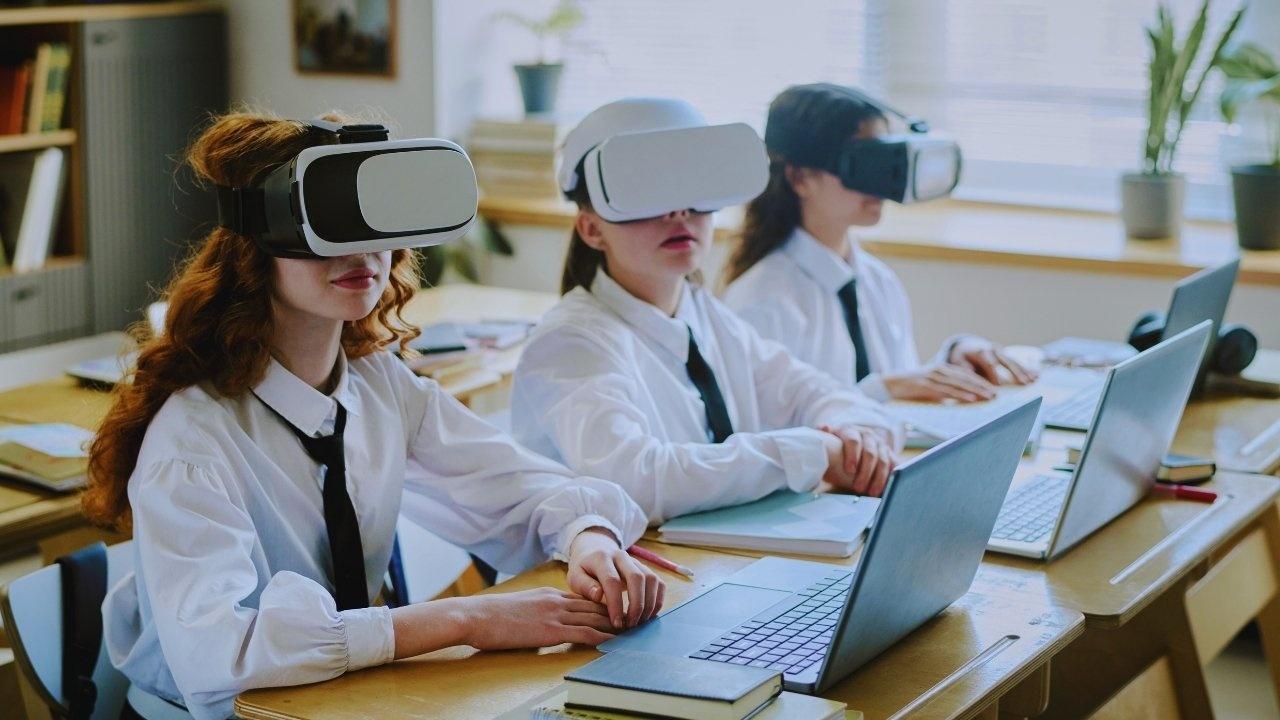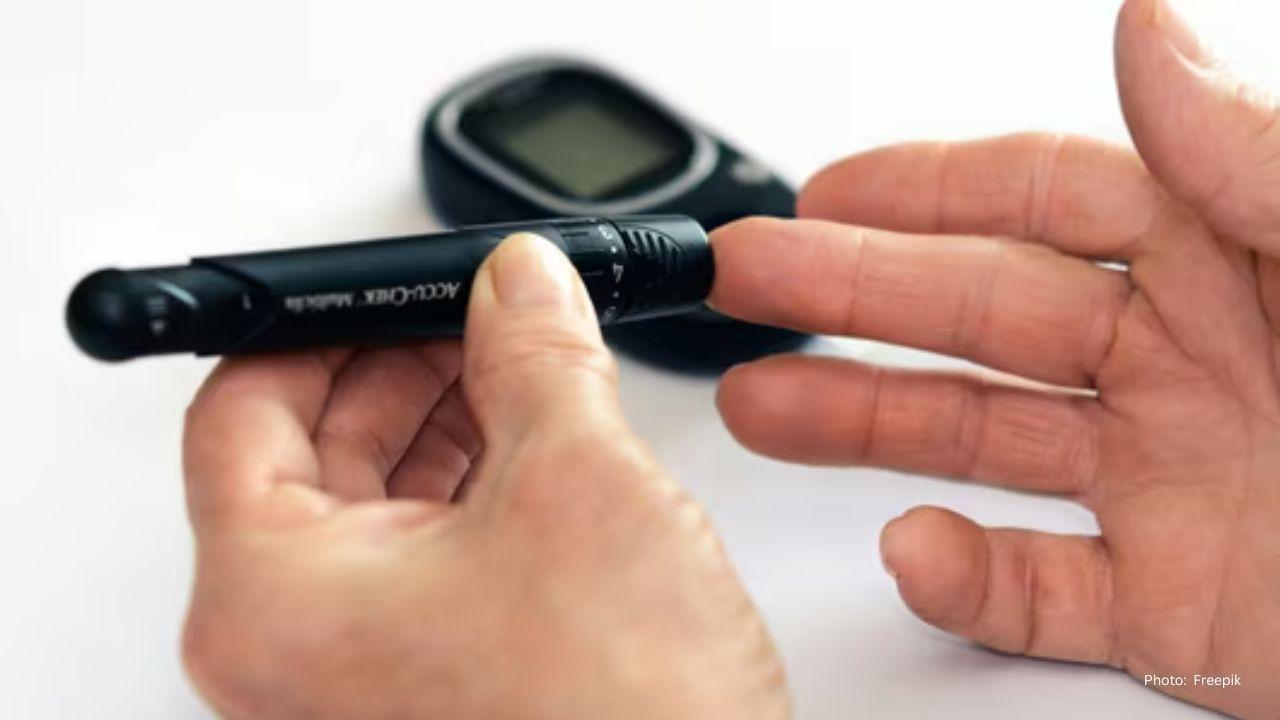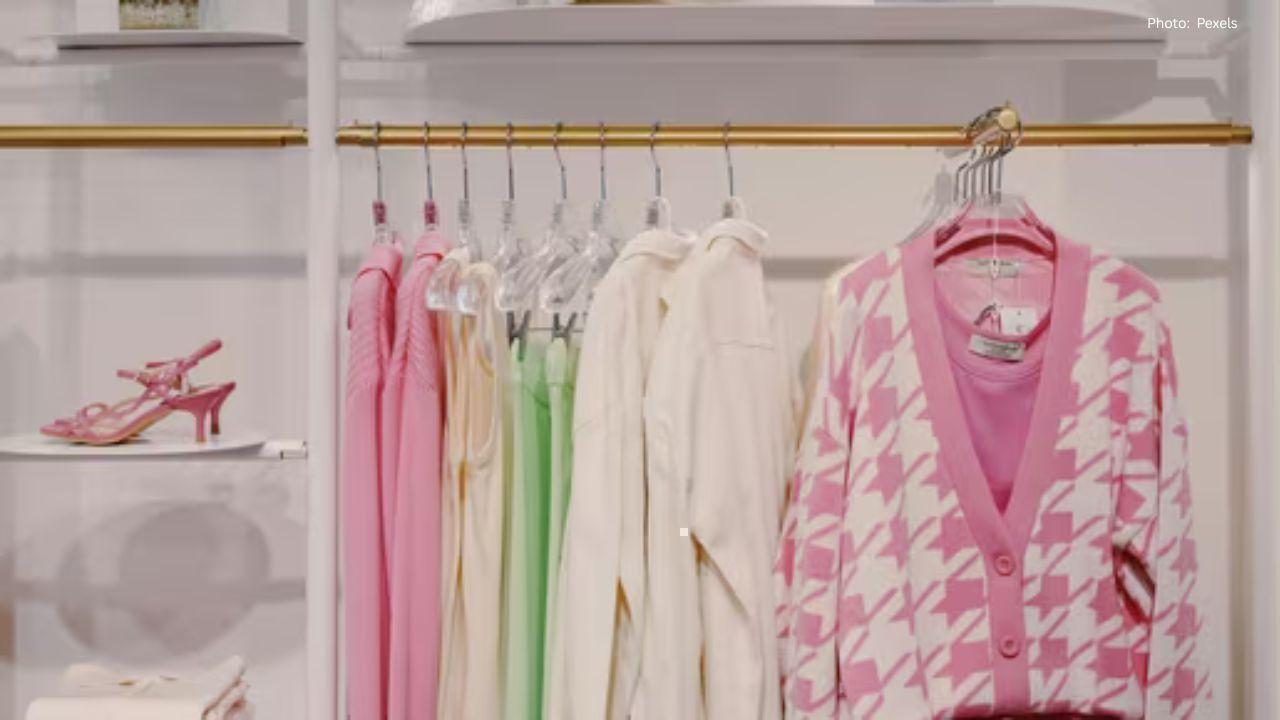
Post by : Anis Al-Rashid
In recent years, mixed reality has surged in popularity, transitioning from a futuristic concept to a staple in households worldwide. Once nearly synonymous with gaming, augmented reality (AR) and virtual reality (VR) have broadened their horizons. As we head into 2025, these technologies are utilized for learning, fitness, social interactions, mental health, home design, shopping, and professional tasks.
A significant factor in this expansion is the introduction of lighter, more affordable headsets, alongside practical applications that extend beyond gaming, allowing people to leverage immersive experiences for daily challenges.
Mixed reality now significantly alters how individuals engage with information, unleash creativity, and streamline daily life from the comfort of their homes.
Mixed reality marries the real world with digital enhancements, falling on a spectrum:
Augmented Reality (AR)
Digital elements overlay real-world views through smartphones, tablets, or AR glasses.
Virtual Reality (VR)
Immersive experiences allowing users to engage fully in digital environments.
Mixed Reality (MR)
A fusion where physical and digital objects coexist and interact fluidly, like a virtual plant remaining stable on a physical table.
These technologies empower users to creatively navigate the intersection of reality, information, and imagination.
AR and VR have permeated various aspects of home life due to several transformative trends:
Widespread affordable headsets
Enhanced display resolution
Improved motion tracking
Lightweight designs
Advancements in 5G and high-speed Wi-Fi
A boom in immersive content
The rise of remote work cultures
A growing demand for interactive learning experiences
Newly developed wellness and fitness applications
What used to demand high-end equipment can now be achieved with simple home setups.
One of the most prominent applications of mixed reality lies in interior design.
With AR apps, users can:
see virtual sofas
test paint colors
place lighting
preview curtains
arrange shelves
experiment with decor setups
This technology helps mitigate guesswork, preventing costly errors.
AR tech provides step-by-step visuals for:
installing shelves
painting walls
setting up fixtures
furniture assembly
Home improvements become safer, simpler, and more accurate.
Some systems let users point devices at appliances to manage controls such as:
temperature settings
lighting options
energy consumption
appliance statuses
AR thus enhances the ease of interaction within smart homes.
Unanticipated breakthroughs in fitness have emerged through VR.
Rather than facing a blank wall on a treadmill, VR allows users to experience:
hiking mountains
biking along coastlines
boxing in virtual arenas
dancing with avatars
These dynamic settings heighten motivation and combat monotony.
VR meditation transports users to serene locations, such as:
sunrise beaches
tranquil forests
mountain tops
minimalist spaces
These immersive backdrops provide essential relaxation after busy days.
Certain systems implement motion tracking for proper posturing and safe exercise routines. VR fitness is designed to be interactive, personalized, and invigorating.
Students, professionals, and enthusiasts gain from this immersive educational approach.
AR brings subjects alive with:
3D molecular models
reconstructed historical events
planetary systems in motion
geographical models emerging from texts
Visual learning helps students grasp intricate topics more quickly.
VR creates shared environments where learners can interact as avatars, enhancing:
remote education
group activities
skill-building workshops
Mixed reality facilitates safe practice methods for:
public speaking
presentations
engineering principles
music lessons
language exchanges
This approach ensures that learning becomes multi-faceted and unforgettable.
Mixed reality is shaping up to be a vital wellness resource.
Immersive settings calm the mind with guided breathing, nature visuals, and soothing imagery.
Controlled VR environments can assist with:
acrophobia
social anxieties
various phobias
driving fears
Individuals can confront these challenges gradually at their own pace.
VR focus rooms simulate environments conducive to work and study that replicate peaceful libraries or zen studios.
Mixed reality aids in managing mental and emotional health right from home.
The remote working trend has embraced mixed reality in a pragmatic manner.
Overlays enable users to observe:
floating displays
task schedules
notes
calendars
data graphs
while maintaining engagement with their physical surroundings.
VR workspaces feature:
multi-screen setups
collaboration tools
focused settings
protection from domestic distractions
Meetings become immersive and collaborative.
Professionals in sectors like engineering, finance, and research can analyze data through three-dimensional perspectives.
Designers, product creators, and engineers tap into VR for:
experimenting with concepts
reviewing prototypes
simulating functionalities
This streamlines planning processes and mitigates errors.
AR tools assist in simplifying routine activities.
Recipes can be displayed on kitchen counters through AR with:
visual instructions
timer features
ingredient reminders
nutritional data
AR markings on kitchen shelves help users keep track of:
expiration dates
storage levels
shopping lists
AR guides illustrate:
minor plumbing fixes
filter replacements
appliance upkeep
This elevates the convenience of daily responsibilities.
Shopping experiences have transitioned into more immersive interactions.
AR lets users try on:
clothing
makeup
watches
glasses
hair styles
without having to visit retail outlets.
VR offers virtual store experiences, allowing users to navigate aisles, interact with products, and compile lists in a lifelike setting.
AR helps in visualizing:
paint colors
wall decorations
lighting fixtures
furniture arrangements
greenery
in real-time before making purchases, which minimizes uncertainty and returns.
Mixed reality enables fresh avenues for family bonding and social engagement.
Families dispersed across different locations can connect in VR for:
celebratory events
movie nights
casual meetups
group-based games
AR-driven puzzles and challenges nurture creativity and critical thinking in children.
Families can embark on adventures to:
museums
national parks
historical sites
space simulations
from their home bases, making learning enjoyable.
Artists and creators thrive within these immersive platforms.
These tools empower users to:
draw in space
paint over tangible landscapes
design murals in the digital realm
create complex compositions
In these virtual environments, creators can:
sculpt models
decorate spaces
compose music
animate characters
build unique worlds
The scope for creativity expands significantly in a limitless canvas.
Mixed reality serves as an invaluable resource for both adults and kids to learn essential safety skills.
Simulations provide insights into using extinguishers properly.
Users can rehearse actions for:
first aid
earthquake readiness
evacuation procedures
VR provides novice drivers with the chance to practice in a controlled, safe environment.
Mixed reality fosters genuine preparedness for real-life situations.
Mixed reality flourishes because it aligns with our innate preference for visual and hands-on experiences. People retain information more effectively when they engage through sight, movement, and interaction—rather than just passive observation.
Advantages include:
greater cognitive involvement
enhanced memory retention
improved concentration
reduced stress levels
practical knowledge acquisition
diverse experiences
This technology molds itself to the user, providing personalized experiences.
Even with advancements, obstacles persist:
cost of devices
discomfort for some users
inconsistent content quality
low awareness outside gaming communities
privacy concerns
As technology continues to evolve, it's anticipated that these challenges will diminish.
The role of mixed reality in daily life is set to grow continuously.
Anticipated enhancements include:
lighter wearable devices
transparent AR glasses
holographic displays integrated into rooms
mixed-reality culinary assistants
VR-based telehealth services
immersive educational environments
AI-driven personalized user experiences
Homes will gradually evolve into blended physical-digital spaces that nurture productivity, learning, leisure, and personal well-being.
This article is intended solely for informational purposes. It does not constitute technical, medical, financial or professional guidance. Keep safety protocols and device instruction in mind when using mixed reality technologies.










Shubman Gill's Neck Injury Puts Participation in Second Test at Risk
Shubman Gill is recovering from a neck injury after retiring hurt; his availability for the second T

Daryl Mitchell's ODI Participation in Doubt After Injury
Daryl Mitchell's participation in the ODI series against the West Indies is unclear following a groi

Sonam Kapoor's Elegant Maximalist Residence in Mumbai
Explore Sonam Kapoor's Mumbai abode where heritage meets luxury, presenting a 2026 decor vision for

McLaren Expands Driver Development Program with Young Female Talent
McLaren initiates growth in motorsport by welcoming three young female drivers, enhancing female rep

Haaland Sparks Norway's Return to World Cup Glory
Erling Haaland's 16 goals help Norway secure a World Cup spot for the first time since 1998, leading

Curacao, Haiti, Suriname Aim for 2026 World Cup Qualification
Curacao, Haiti, and Suriname are on the brink of historic World Cup qualifications as they face cruc